The scientists aiming to 'bring back' the woolly mammoth originally wanted to do it using 40,000-year-old cells
When a group of scientists heard rumors that the remains of a long-extinct mammal had been unearthed from the frozen ground on an island in northern Siberia, they rushed to the scene to see for themselves.

Yet as they arrived, the only evidence scientists found of an ancient beast lurking somewhere beneath the ground were parts of two giant tusks poking out of the icy Earth.
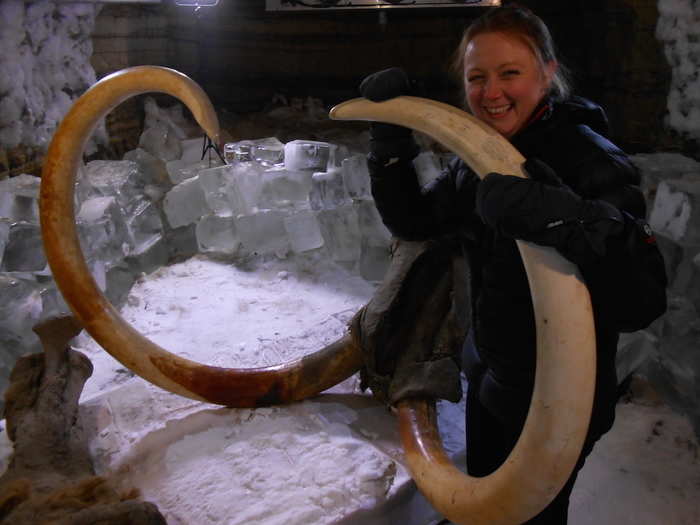
Source: Smithsonian's "How To Clone A Woolly Mammoth."
Over the next three days, as the ice surrounding the carcass slowly began to thaw, the scientists realized what an exciting find they had come across. The surprisingly well-preserved bones, muscles, teeth, and even some blood told the story of a woolly mammoth, a gargantuan beast that roamed the frosty tundra some 40,000 years ago.

Source: Smithsonian's "How To Clone A Woolly Mammoth."
As they unearthed the animal, dark red blood oozed out of the carcass. Three of its legs, most of its body, and even part of its head and trunk were still intact. Scratch marks on the bones revealed a grisly death — the animal was trapped in a peat bog and eaten alive by wolves.

Source: Smithsonian's "How To Clone A Woolly Mammoth."
Despite its grim fate, the mammoth’s well-preserved body may provide the best means yet for scientists to study — and possibly clone — the animal.
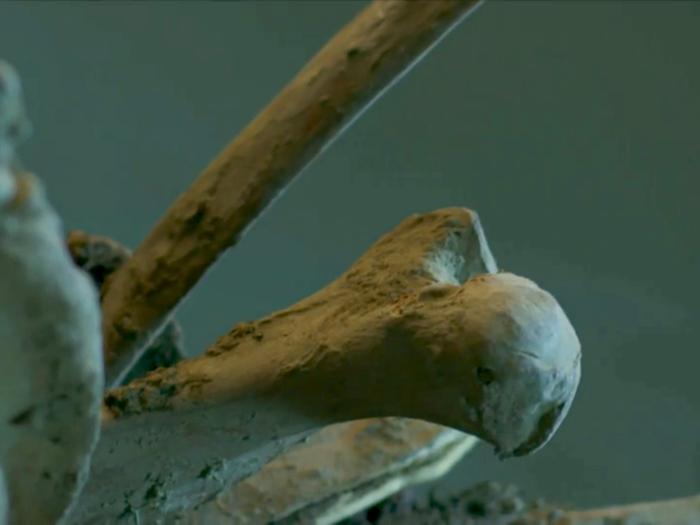
Source: Smithsonian's "How To Clone A Woolly Mammoth."
Using carbon dating, the researchers determined that the mammoth, whom they nicknamed Buttercup, was alive some 40,000 years ago. Buttercup’s ancestors first evolved around 5 million years ago but went extinct about 4,500 years ago as the earth began to warm.
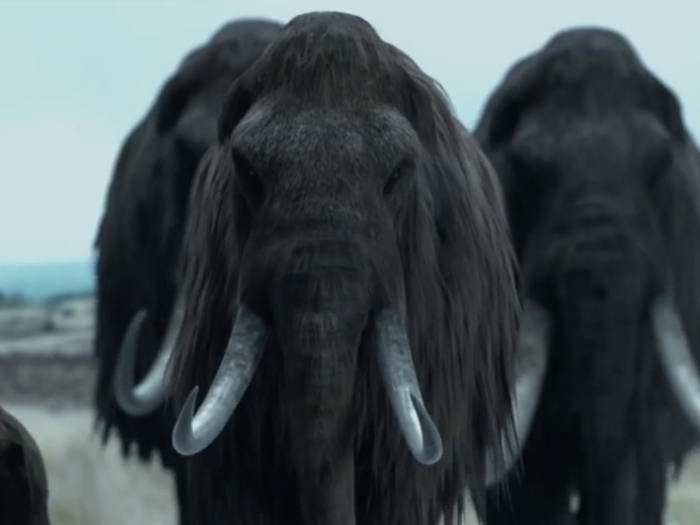
Source: "Radiocarbon Evidence of Mid-Holocene Mammoths Stranded on an Alaskan Bering Sea Island," Nature, June 2004.
Unearthing the animal’s sizable teeth, for example, helped the researchers determine that Buttercup was no spring chicken when she died. Already in her mid-50s, the animal could probably have expected to live only another 15 years at the most.
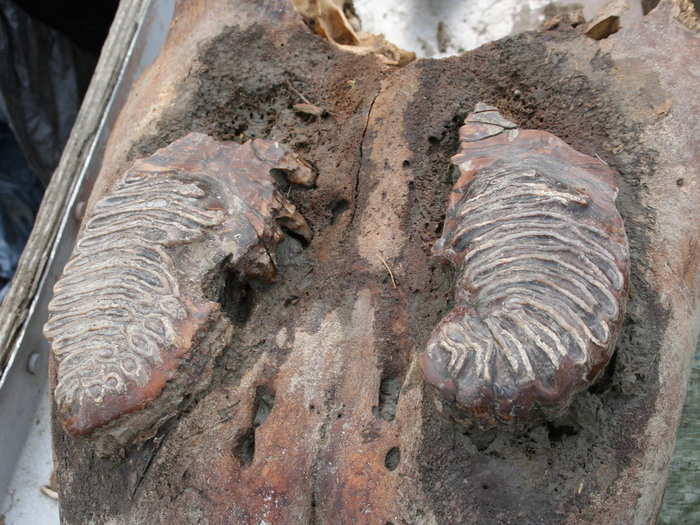
Source: San Diego Zoo.
Scientists managed to get a few ounces of blood from Buttercup’s body. It no longer contains blood cells — they’ve been destroyed by age and time — but it still holds Buttercup’s hemoglobin, the molecule her blood cells used to carry oxygen throughout her body. Mammoths had a special type of hemoglobin designed to keep their blood flowing in icy cold temperatures.

Source: Smithsonian's "How To Clone A Woolly Mammoth."
Natural History Museum of London paleobiologist Tori Herridge helped examine Buttercup. The Mammoth stood about 7 feet tall and weighed about 10,000 pounds, or about as much as an Asian elephant.
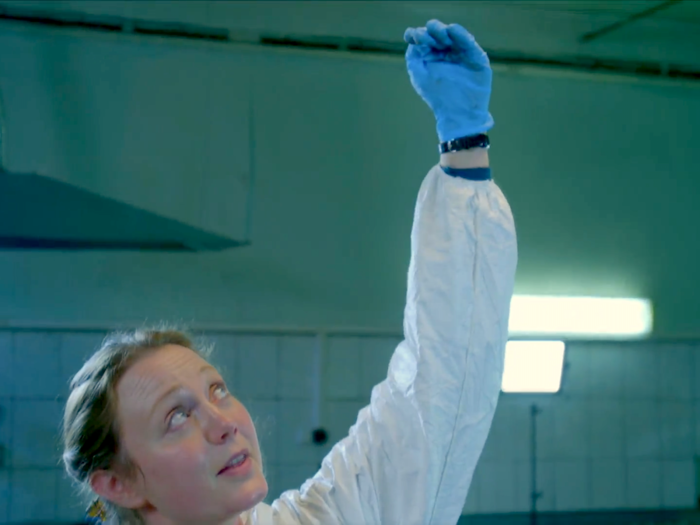
Source: Smithsonian National Zoological Park.
The mammoth also had a pretty large tongue, which she used to chew meals of grasses and high-protein wildflowers called forbs. Scientists think that when these plants died out about 10,000 to 15,000 years ago, their absence helped drive Buttercup’s relatives extinct.

Source: "Fifty Thousand Years of Arctic Vegetation and Megafaunal Diet," Nature, February 2014
Buttercup also used her teeth to chew. The lighter-colored lines show the outer edges of the teeth. Based on their condition, scientists determined that she was probably not in the best of health when she died.
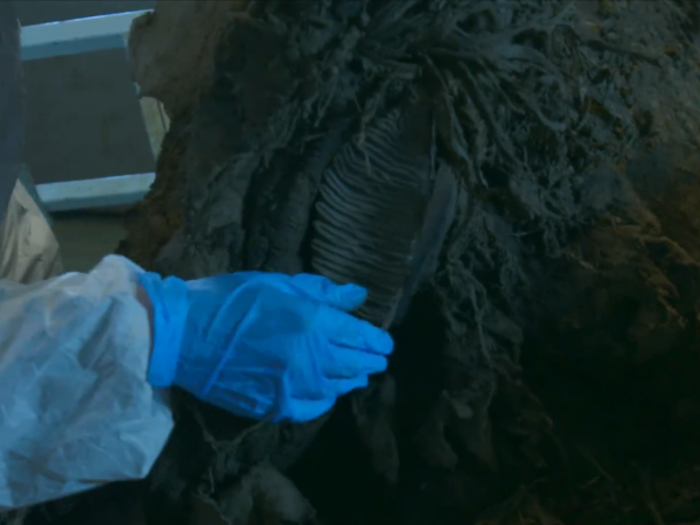
Source: Smithsonian's "How To Clone A Woolly Mammoth."
Some researchers, including biologist Insung Hwang of the SOOAM Biotech Research Center, hoped they could find enough of Buttercup's DNA to clone her.
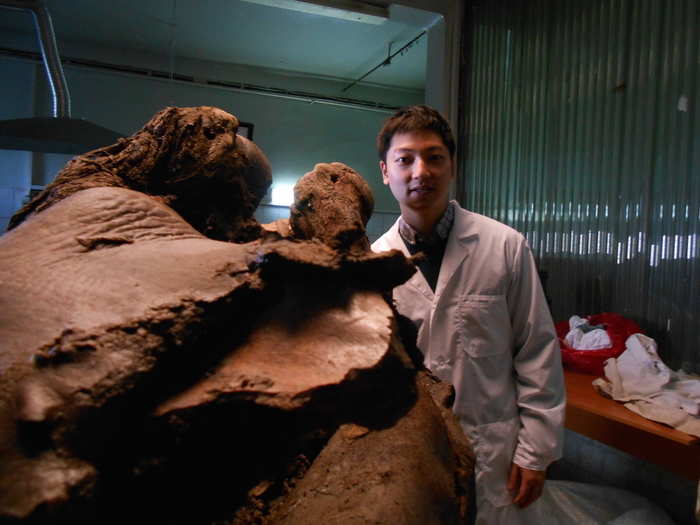
Source: Smithsonian's "How To Clone A Woolly Mammoth."
Others, including Herridge, have raised concerns about that idea. “Who is responsible for the mammoth that is produced? Is it them? Is it the wider world? Do we get a say in if they’re doing it in the first place?” she said in the 2014 video.
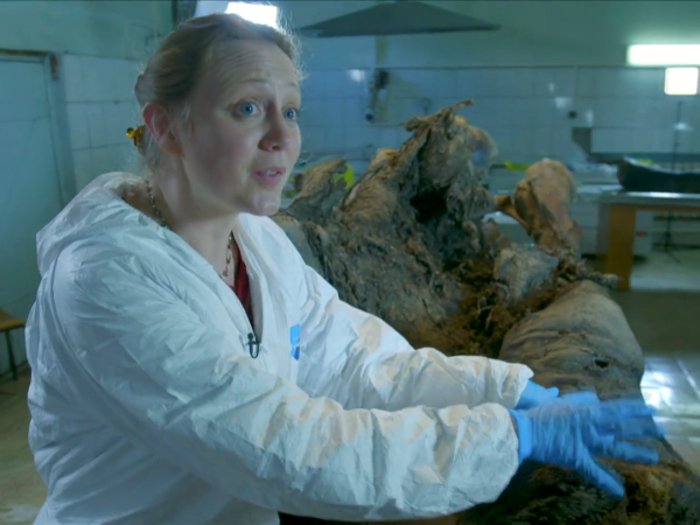
Source: Smithsonian's "How To Clone A Woolly Mammoth."
Hwang currently clones dogs at his lab in South Korea. Most of his clientele are Americans who pay upward of $100,000 for a 'copy' of a recently deceased pet.
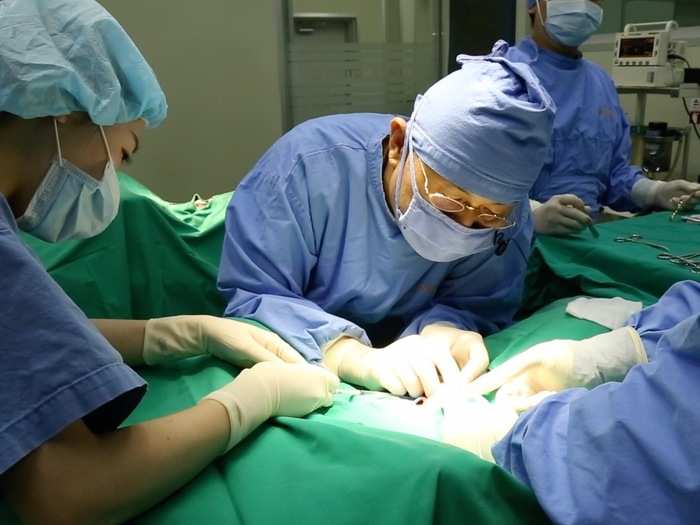
Source: "Cloning Comeback," Nature, January 2014.
Hwang said in 2014 that he hoped to use basically the same technique to create a living woolly mammoth. He would retrieve one of Buttercup's cells from her skin or muscle. The cell's DNA would be transferred into a DNA-free egg cell and replicated via electrical shocks. The new group of cells would be implanted in a surrogate mother, possibly an elephant. Hello, woolly mammoth baby.

Source: Smithsonian's "How To Clone A Woolly Mammoth."
If they couldn't find enough DNA inside Buttercup, Harvard geneticist George Church said he wanted to combine her genes with those of an elephant to bring a version of the ancient beast back to life. This controversial idea, called de-extinction, is the one brought up at the recent meeting. In the past it has polarized scientists, with some believing it could restore damaged ecosystems and others who think it could destroy them.

Source: "George Church: De-Extinction Is A Good Idea," Scientific American, August 2013.
We don't yet know if Church's dream will ever become reality, but, according to Hwang, the idea "gives you hope that one day you’re going to be able to see the mammal again."

Source: Smithsonian's "How To Clone A Woolly Mammoth."
Popular Right Now
Popular Keywords
Advertisement